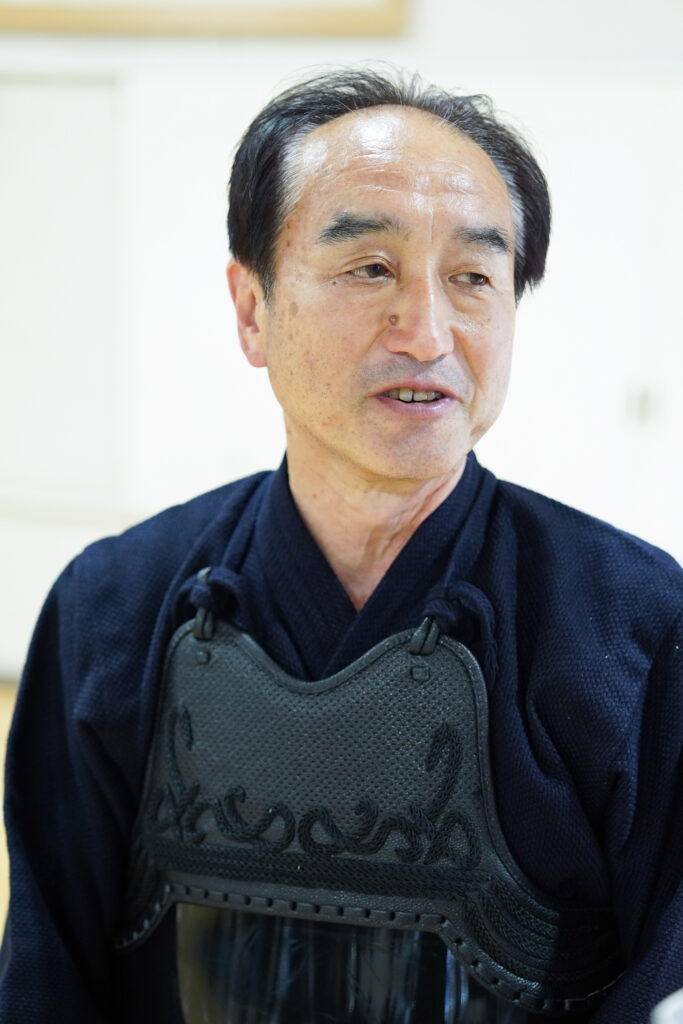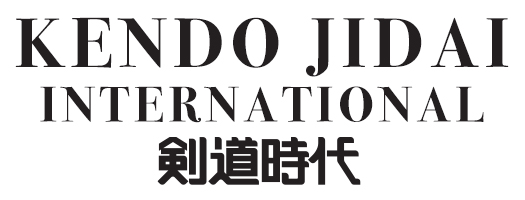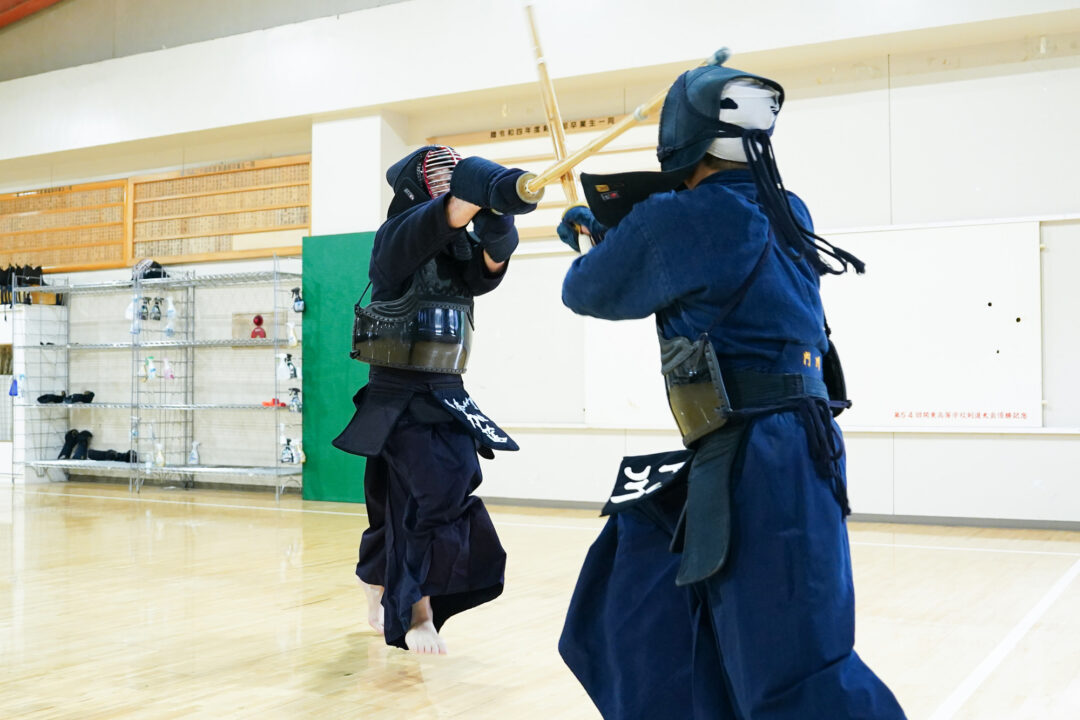KENDOJIDAI 2025.8
Composition: Tsuchiya Tomohiro
Photography: Sasai Takamasa
*Unauthorized reproduction or use of any images in this article is strictly prohibited.
What is required in a one breath strike is not limited to technical adjustments or corrections in movement. Kyoshi Kato explains that it is largely rooted in the mental aspect. He elaborated on the ideal one breath technique, which emerges in the relative relationship with the opponent and from within one’s own unconscious.
Kato Koichi

Learn to use the feet without sliding the left foot forward
What constitutes a one breath strike is, I believe, not so easy to define. For example, if you look only at the raising and lowering of the Shinai, it might seem like two separate movements. That is why, when I think about the one breath strike, I place the emphasis on footwork. In other words, the question is whether you can launch the strike by pushing off directly from your left foot in its original position, without sliding it forward. If you first step with your left foot and then immediately strike, I would not consider that a true one breath technique.
It is often said that the moment of sliding the left foot forward gives your opponent an opening. Conversely, this also means that in order to strike without being detected, a one breath strike becomes essential. The chance to strike comes in an instant. To seize that moment without hesitation, the one breath use of the feet is crucial.
At present, I also teach beginners at a public junior high school. Since ordinary human walking involves alternately pushing off each foot, for them it feels natural—when they want to spring forward with the right foot—to first draw up the left foot (tsugi-ashi) and then push off, almost like a run-up. However, that movement does not meet the requirement of the one breath strike in Kendo. For that reason, from the very beginning, even during the first Kirikaeshi drills with Men on, I emphasize jumping forward without sliding the left foot. Unless I repeatedly and firmly remind them, they inevitably revert to sliding the foot. I believe many adult Kendo practitioners also have the habit of drawing up the left foot. It is worth carefully reflecting on your own foot movement at the moment of striking.
A one breath strike realized through relaxation
In accordance with the teaching of “Jōkyo Kajitsu” (upper body relaxed, lower body firm), in Kendo the condition for an ideal strike is that the upper body remains free of tension. When considering a one breath strike from the perspective of the upper body, it is essential that the Shinai, raised straight upward, follows the same path and comes straight down toward the opponent. Many may think, “That’s obvious—I swing straight in Suburi and in basic striking practice.” But during Keiko with a skilled teacher, when the teacher suddenly opens their Shinai, are you really able to strike Men straight? In most cases, unnecessary tension causes the strike to drift to the right or to miss entirely.
In Kendo, one’s state is constantly influenced by the opponent and the relative relationship between the two.
When pressed by the opponent’s spirit or attacked, the natural instinct to break free or to avoid being struck produces tension. As a result, strength tends to gather in the right hand, causing the strike to drift to the right. The balance between the hands is lost, leading to raising or lowering the sword at a slant. Such a change in the swing can, I believe, be interpreted as turning the strike into two beats rather than one breath.
Now, let us consider Ai-Men. Out of the shared desire not to be struck, both sides put excessive power into the right hand, resulting in a clashing exchange. However, if both think, “Even if I get hit, I will strike straight,” then both strikes should naturally land. In truth, striking straight in this way is the correct form of attack, and when one bends or twists the strike, it cannot be called one breath even in terms of mindset.
The ideal strike of complete abandonment in both body and mind
The rest of this article is only available for Kendo Jidai International subscribers!


